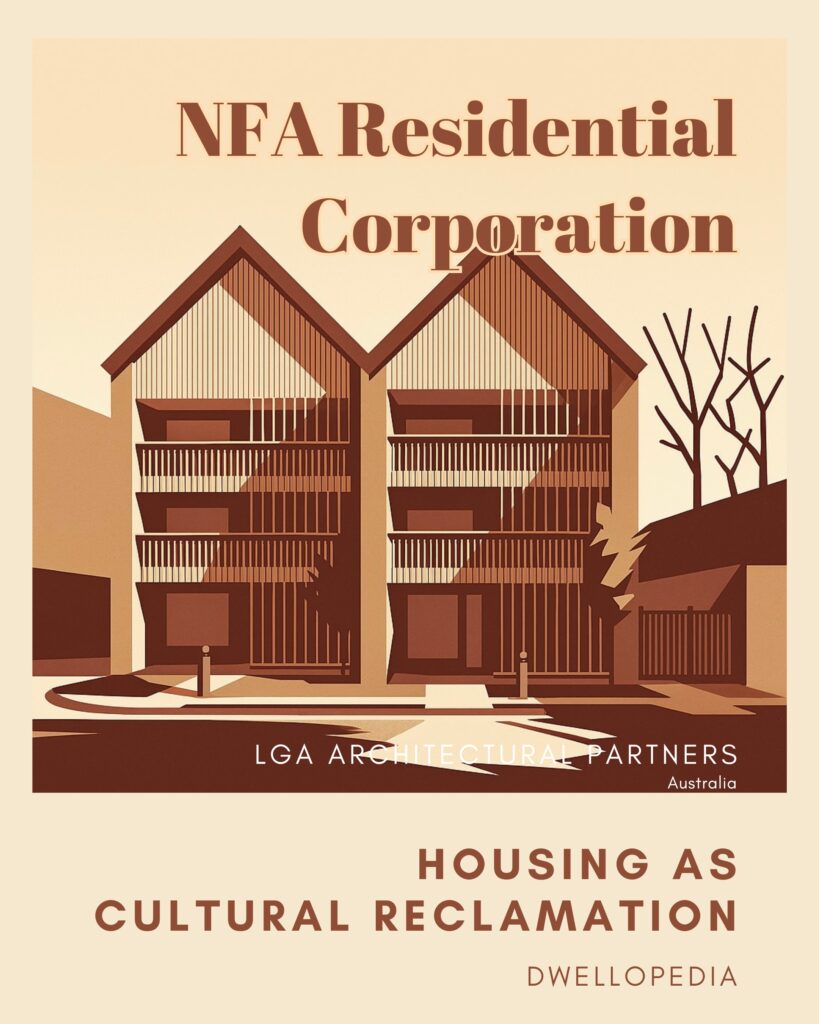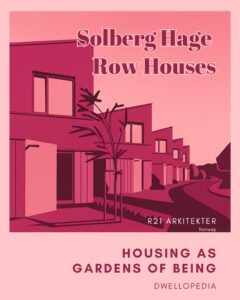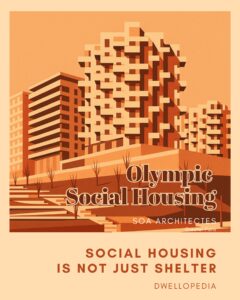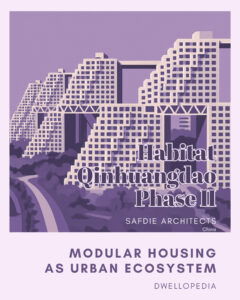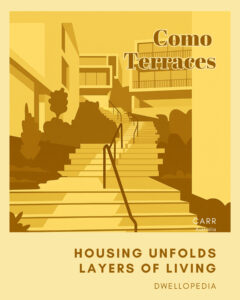New Frontiers Aboriginal Residential Corporation, designed by LGA Architectural Partners, is an ambitious and sensitive intervention in housing that engages deeply with Indigenous identity, culture, and community resilience. Located in Australia, this project is not merely about shelter; it is an architectural dialogue with history, memory, and belonging.
In the context of Indigenous communities often marginalized by standard housing models, this project reclaims housing as a vessel for cultural continuity and social empowerment. The architecture responds to the unique needs of its residents while honoring traditional forms, materials, and spatial narratives that evoke connection to land and heritage.
New Frontiers challenges prevailing housing paradigms by situating cultural affirmation at its core. It invites us to rethink housing as a living expression of identity—where architecture can nurture pride, social cohesion, and self-determination. How can housing embody this cultural depth while addressing contemporary challenges?
Housing as Cultural Reclamation: Architecture as a Medium of Identity, Memory, and Empowerment
This project embodies the provocative idea that housing transcends function and economics to become a profound act of cultural reclamation. Through design, it asserts the right to space that respects history, fosters community, and empowers Indigenous narratives.
Insights & Reflections
1. Architecture as Cultural Narrative: Embedding Identity in Form and Space
New Frontiers transcends conventional housing by transforming architecture into a living cultural narrative. LGA Architectural Partners move beyond generic typologies, crafting forms, spatial arrangements, and material choices deeply rooted in Indigenous traditions and storytelling. The organization of communal spaces and private dwellings creates spatial rhythms that echo ceremonial practices and kinship patterns, fostering a profound sense of identity.
How does this architectural storytelling counteract erasure and invisibility in mainstream housing? By embedding cultural markers directly into spatial experience, the project empowers residents to inhabit not just physical space but their histories and aspirations, reclaiming architecture as a medium for continuity and pride.
2. Community-Centered Design: Spatial Practices of Connection and Care
Rather than isolating residents within discrete units, the project intricately weaves social fabric through layered communal spaces—courtyards, shared gardens, and gathering areas—that invite both planned and spontaneous interactions. This spatial choreography nurtures social resilience by reflecting Indigenous values of interconnectedness and mutual care.
Why is designing for community more than providing common spaces? Here, every threshold and visual connection is deliberate, fostering a dynamic social ecology that sustains collective wellbeing while respecting individual autonomy, redefining how we think about social housing’s role in community building.
3. Materiality and Tradition: Rooting Housing in Place
New Frontiers’ material palette—featuring natural, locally sourced elements—engages not only the eye but the hand and memory. Wood, stone, and earth tones resonate with the land’s textures and stories, providing a tactile continuity that links past and present. This material honesty also asserts ecological responsibility, echoing Indigenous stewardship of country.
How can materiality serve as a conduit for cultural memory and environmental dialogue? The project shows that materials are more than construction—they are carriers of meaning and identity, grounding residents in place and tradition while advocating sustainability.
4. Empowerment Through Spatial Agency
The flexibility woven into unit layouts and shared amenities anticipates the evolving needs of Indigenous families, allowing spatial configurations to adapt to changing household dynamics and cultural practices. This design autonomy resists one-size-fits-all solutions, instead offering residents control over their environments.
What role does spatial adaptability play in affirming dignity and resilience? New Frontiers illustrates that empowerment emerges not solely from economic provision but from granting agency—architectural choices that respect diversity, support self-determination, and foster a sense of ownership.
Livability & Social Dynamics
The project balances sensory comfort—natural light, ventilation, and material warmth—with social dynamics fostering care and connection. The design nurtures diverse social interactions while respecting individual autonomy, creating a supportive and vibrant community environment.
The spatial rhythms and material palette encourage a strong sense of place and wellbeing, reinforcing housing as a foundation for cultural and social vitality.
Conclusion
New Frontiers Aboriginal Residential Corporation challenges us to see housing not as commodity or infrastructure but as a living act of cultural reclamation. It invites architects and planners to engage deeply with history, identity, and community, crafting spaces that nurture pride and resilience.
As Indigenous communities worldwide assert their rights to self-determination, how might housing design evolve to support these aspirations authentically and respectfully? Can architecture become a language of empowerment, memory, and belonging rather than mere provision?
This project urges us to rethink housing as a poetic and political practice—a site where culture lives, evolves, and flourishes. What futures open when we build homes not only to shelter bodies but to nurture souls?

